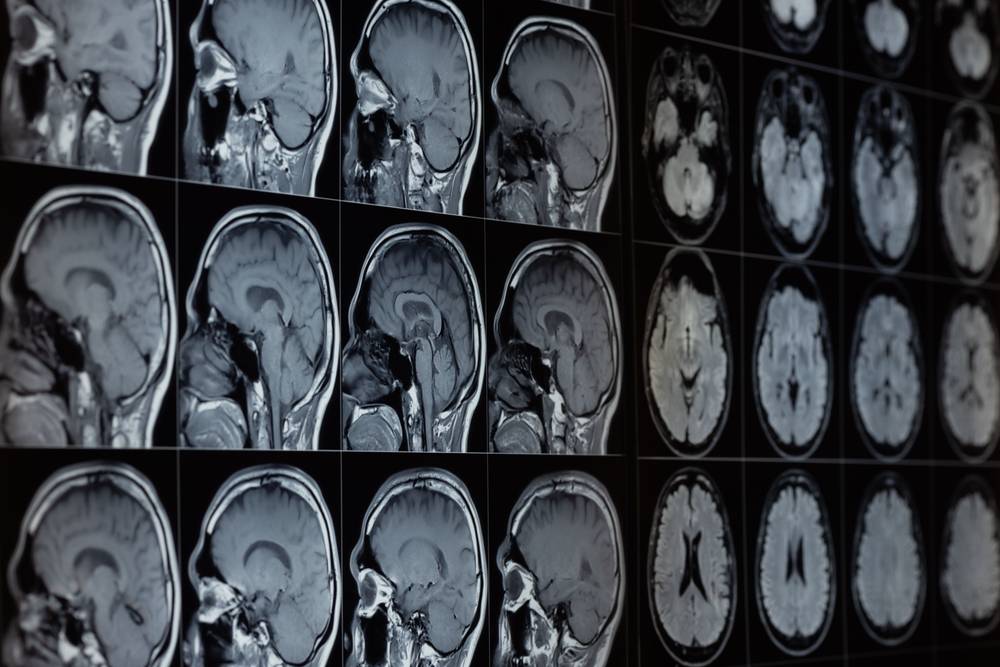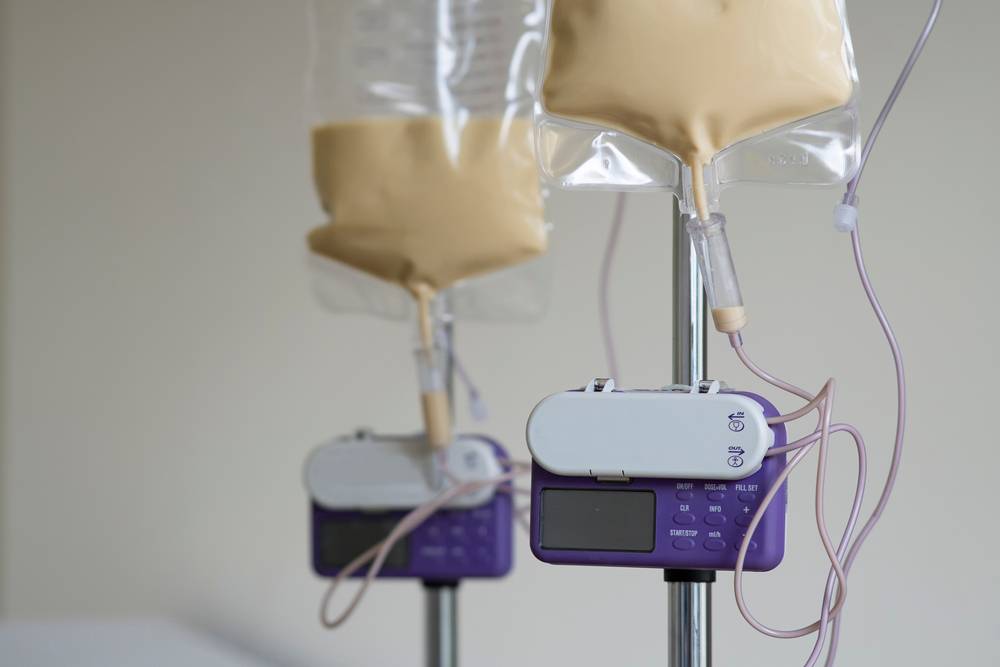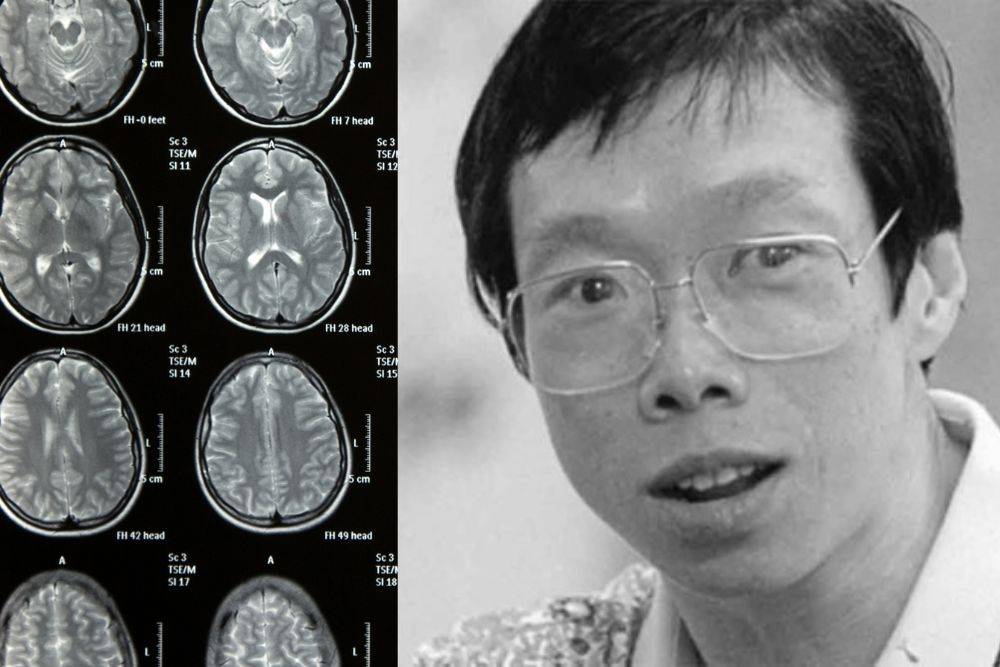The recent passing of neurologist Dr. Lee Wei Ling, daughter of Singapore’s founding prime minister Lee Kuan Yew, has drawn attention to the rare disease she battled: Progressive Supranuclear Palsy (PSP).
The dedicated neurologist who headed the National Neuroscience Institute as the director for a decade from 2004 to 2014, battled with the rare disease since 2020. Dr. Lee once described her disease as a “rather nasty brain disease” that will result in death “for the fortunate”.
Also known as Steele-Richardson-Olszewski syndrome, Progressive Supranuclear Palsy gives a grim outlook to the affected individuals.

What Is Progressive Supranuclear Palsy?
Progressive supranuclear palsy (PSP) is a rare and complex neurodegenerative disorder, occurring randomly without an exact known cause.
This disorder primarily affects gait, balance, body and eye movements caused by the damage to the nerve cells in the brain parts controlling these body functions.
To understand PSP better, think of it in its individual words:
- Progressive – the symptoms will deteriorate over time.
- Supranuclear – the part of the brain controlling the eye movement.
- Palsy – muscle weakness.
PSP mainly occurs due to the progressive damage of the cells in the brain stem. These damaged brain cells result in the build-up of abnormal proteins called tau. The tau protein deposits in the nerve cells spread to different regions of the brain, causing death of the brain cells.
This disrupts the brain’s normal functions, leading to the symptoms of PSP.
Are PSP and Parkinson’s disease the same?
PSP is often mistaken for Parkinson’s disease as they share some similar symptoms, particularly during the early stage of the disease.
A primary distinction is that PSP progresses more rapidly than Parkinson’s disease (PD). Most people with PSP develop severe disability within three to five years from symptom onset.
A summary of the contrasts between PSP and Parkinson’s disease (PD):
| PSP | PD |
| More rapid progression | Slower progression |
| Typically begin after age 60 | Typically develops later |
| Patients often have eye problems especially with looking downwards | Do not have issue with eyes |
| Tremor is less common | Tremor is a key feature |
What are the symptoms of PSP?
The early symptoms can be subtle, but they become more apparent as the disease advances.

The most frequent initial symptom of PSP is a loss of balance and difficulty walking. This postural instability is due to the involvement of the brain stem controlling the motor functions. PSP patients often have stiff muscles. They also tend to lean and fall backward, leading to unexplained falls.
As the disease progresses, most patients develop eye problems including:
- Loss of eye movement control
- Decreased blinking
- Trouble opening the eyes.
- Struggle looking upwards and downwards effectively
It is common to observe mood or behavioural changes in people with PSP. Affected individuals are often plagued with depression, lack of motivation, increased irritability, personality changes and sleep problems. Executive functions such as decision-making, problem-solving and concentration are usually compromised.
Besides causing slurred speech, PSP also causes swallowing difficulties in the advanced stage of the disease. Swallowing problem is a major risk factor to complications such as aspiration pneumonia (a chest infection caused by food particles in the lungs) and choking.
How is PSP diagnosed?
Diagnosing PSP is challenging, especially in the early stages, because its symptoms may mimic other disorders, especially Parkinson’s disease. Commonly, the prominent clinical features such as unstable gaits and trouble controlling eye movements vertically and horizontally can help distinguish PSP.

Since there is no single test to diagnose PSP, other tests including brain scans are conducted to rule out possible medical conditions with overlapping symptoms.
How can we manage PSP?
Currently, there is no cure or definitive treatment for PSP. Hence, the management of this disease is mainly non-pharmacological.
- Physiotherapy and mobility exercises can improve muscle strength and prevent muscle stiffness.
- Use of weighted walking aids for better support and to minimise the risk of falling backward.
- Glasses with specially designed lenses to aid PSP patients who have vision problems.
- Lubricant eye drops and artificial tears for dry eyes from reduced blinking.
- Botulinum toxin injections can be helpful for involuntary eye closures.
- Feeding tube insertion for patients with advanced PSP to provide nutrients directly without having to chew and swallow.
- Speech therapy to improve communication and get advice on the food consistency for easier swallowing.

Some Parkinson’s disease medications, such as levodopa, may be helpful for PSP patients to improve balance and muscle flexibility during the initial stage. Nevertheless, most PSP patients do not respond well with Parkinson’s medications. Antidepressants are also given to enhance the mood in depressed or irritable patients.
Key Takeaways
Progressive Supranuclear Palsy (PSP) is a complex and debilitating condition that affects multiple domains of functioning, including motor skills, eye movements and cognition.
Ongoing research into understanding the disease mechanisms involving the tau proteins, hold promises for effective treatment development in the future. These noble works offer hope for patients and families impacted by this challenging disease.
If you or a loved one is experiencing symptoms similar to those of PSP, it is important to consult a neurologist for an early and accurate diagnosis. Early intervention can help manage symptoms and improve quality of life

